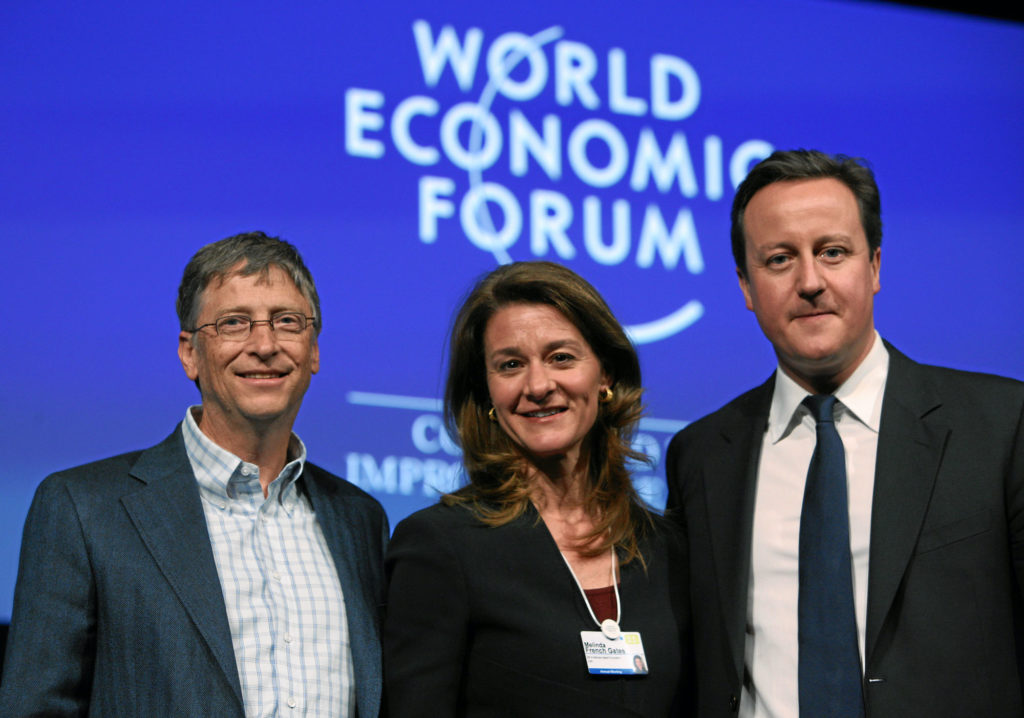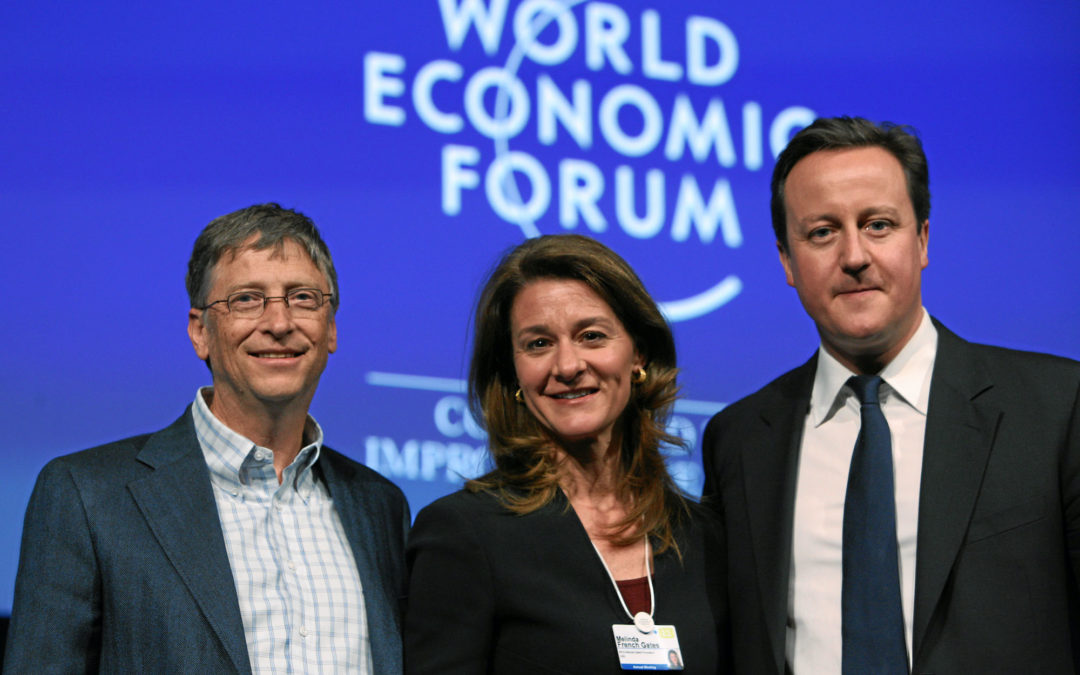
DAVOS/SWITZERLAND, 28JAN11 – William H. Gates III (FLTR), Co-Chair, Bill & Melinda Gates Foundation, USA, and Melinda French Gates, Co-Chair, Bill & Melinda Gates Foundation, USA, and David Cameron, Prime Minister of the United Kingdom, are captured during the session ‘Polio: Eradicating an Old Reality Once and for All’ at the Annual Meeting 2011 of the World Economic Forum in Davos, Switzerland, January 28, 2011. Copyright by World Economic Forum swiss-image.ch/Photo by Remy Steinegger
Charities have recently come under attack for running like multimillion companies who get tax breaks to boot. According to critics, nonprofits are behaving like VCs by funding and investing in up-and-coming startups. Biotech startup investments work best for these types of foundations in that they fit within the model of philanthropy(ish). Biotech firms are therefore the sweet spot for nonprofit investing.
Case in point: when the Cystic Fibrosis Foundation started investing in a small biotech firm in the aughts to help find treatment or a cure for the disease; they hit a windfall. When the biotech did indeed make breakthroughs in Cystic Fibrosis meds, the foundation was able to sell its rights to Vertex Pharmaceuticals, and cash out at $3.3 billion.
In exchange for their investment, the charities typically take an equity stake and a claim to the a portion of the company’s future sales, or payment when the drug makes a medical breakthrough.
This lottery win caused a stir in the nonprofit community, driving other foundations to follow suit, thus making charities more and more like venture capitalists. Foundations keep their status as nonprofits while investing in for-profit startups and publicly traded companies to stimulate money for their causes — what those causes may be has become murky territory.
Julie Sunderland, overseer of many investments for the Bill & Melinda Gates Foundation, the largest nonprofit in the world, admits that there is a commercial endgame to this VC-esque tactic, “We felt like we really need to pull that incredible game-changing science out of the lab and onto a path towards commercialization.”
The Bill & Melinda Gates Foundation has been making “program-related investments” since 2009, and continues to increase its involvement in for-profit investments. In February, the Gates Foundation invested $52 million in a German biotech company called CureVac, its largest such payout to date.
A recent J.P. Morgan survey of 27 foundations revealed the intention of increasing program-related investments to over $460 million in 2014, though experts insist that the figure only represents an elite number of foundation portfolios. Smaller foundations cannot or will not take the risks of investments in startup companies that may end up folding.
Because of the increasing interest in nonprofits adapting this model, the stigma of its practice is waning and its proponents are suggesting that critics see the bigger picture.
Bob Pozen, former chairman of MFS Investment Management and a Harvard Business School lecturer has said, “People have to really get over the fact that there’s no stigma attached to doing this and in fact this may be a better way.”






